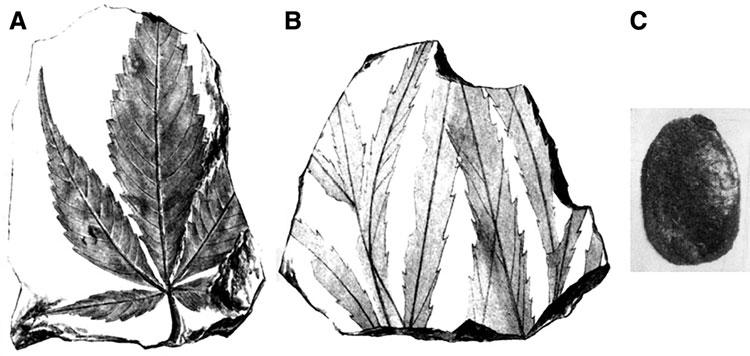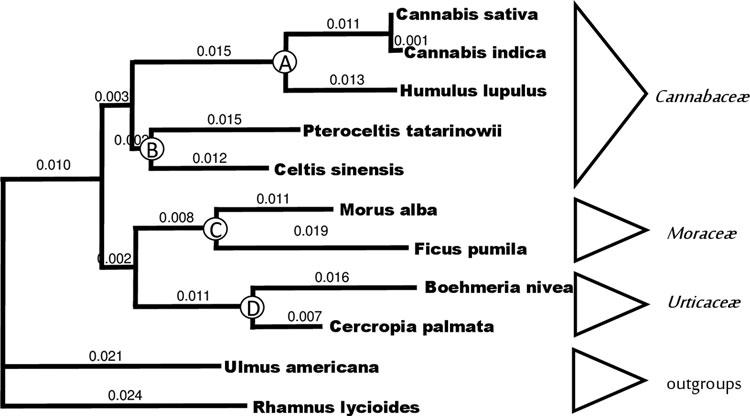One of the most fascinating topics that keeps reoccurring in casual conversation, is: “How do humans and plants interact with one another Symbiotically?” (Specifically Cannabis in this instance of inquiry.)
Perhaps an obvious observation would be that animals eat plants vigorously and farmers grow millions of plants yearly for that purpose alone, so perhaps cannabis was a staple crop at one point for animals. It is likely that one of our first roles in habitation of this rock, was making sure everything around us got fed somehow. Humans likely came across several thousand different varieties of plants while hunting and gathering sustenance over the generations of existence.
How did ancient farmers learn which plants to stay away from, or encourage, in their quest to feed things?
I have always pondered what if cannabis was found by animals, eaten, and they acted differently than normal, and did humans notice a docile, or “deranged” effect on a species of animal? If humans did notice a difference, were we welcoming animals to eat this crop, was there are seedy crop that worked best for certain animals?
There was a folk lore told to me by a man from Africa, who stated that his tribesman found cannabis while doing herding of goats (perhaps sheep) and there came a great brush fire. The smoke was thick and the animals became sleepy, so the animals laid down, whilst the herder fled. The fire passed, and the herder came back with the animals owner and they discovered the flock still sleeping, and all safe. The men searched for the crop to make this happen and found partial stocks burnt, some smoldering still, and smelled a new smoke. The name was something close to Kanesh.
In the Grand Timeline of life on earth, plants have existed far longer than humanoid life, and our human observations of plant life are both comical and tragic in the areas of human ownership of any plant(s) species.
Plants have jurisdiction before humans, not the other way around.
When humans believe they should cage other humans for possessing, growing, cultivating, farming or regenerating plant life for human consumption, that has never caused fatal toxicity from cannabinoids alone, on it’s own as a plant, there should be a formal inquiry using logic, into this process of persecution and prosecution.
Logic would state that actual dangerous plants would be outlawed, maybe like tobacco or poison ivy.
Poison Ivy can cause death, but it is not outlawed, banned, or even searched for in a road side query from law enforcement.
“Contact with poison ivy causes an allergic reaction in approximately 80% of service members, who will experience an itchy, red rash with bumps and blisters (referred to as plant dermatitis)……
the document goes on to caution DO NOT BURN POISON IVY to get rid of it….
Burning poison ivy causes urushiol to become airborne in the smoke, and can cause an allergic reaction on/in skin, eyes, throat, and lungs, and could result in death.”
Where are the “JUST SAY NO TO POISON IVY” campaigns in schools?
D.A.R.E. to stay off the lawn…
How Long Has Cannabis Been on Earth?
It is very egotistical for local governments, or federal ones to proclaim jurisdiction on the governance of any plant of the earth.
What other commodity or produce that you know of that has such a strict growth and sale regulation?
Hops for Beer?
Grapes for Wine?
Corn for Whiskey?
Potatoes for Vodka?
If the government had as much control of these other produce markets, as they do in cannabis, it would be considered price fixing, and monopolization.
But since the United States Federal Corporation owns the patents on cannabis related processing and protections, as well as the DEA who is the armed guard for the Department of Justice and the agency in charge of the issuance of all prescription pads in the United States, it seems that humans are satisfied with asking for permission to use nature for their health issues, and are satiated with being “NOT SICK ENOUGH” for cannabis by allowing only certain qualifying health conditions to be in place for the “really sick folks!”

Who benefits from restricting the human species from a plant that was on earth about 33.9 million to 23 million years before the present?
(Citing Cannabis Systematics at the Levels of Family, Genus, and Species by John M. McPartland)
In trying to locate a source of origin for the cannabis plant even in name, the quest became one of an ancient journey to find out when we started interacting with cannabis as a fiber, or medicine, or nutrient based element in our diet or the diet of animals we were stewarding over.
The earth did not look too different 35 Million years ago from what it does now. If we were to compare the continents shapes when cannabis was first documented in fossils, to our land masses today, it would be sort of similar. “35 Million years ago was in Mid Tertiary period. Mammals have evolved from small, simple forms to a diverse group. Primates, cetaceans, and other groups evolve. The Earth cools and deciduous plants become more common.”
This notion that plants were around during mammalian evolution would likely indicate that early humans ate plants, perhaps fed plants to animals, or used plants in binding tools, clothes or structures and perhaps used plants, like trees as shelter. Imagine plants being that important to a species, where they once provided, food, clothing, and shelter. Oh wait, they still do.
Did early humans find cannabis plants, as well as fungi, and use them in a diet to become who we are today?
This importance and dependence on a plant leads to another puzzle, “If plants are so important, and have historical use and precedent for cultural use in preservation of a culture, then how are current governments able to restrict plants from civilians at all, ever?”
Examples: “Government Land” vs. “Tribal Land”
There are some governments, as well as corporations out there that are patenting nature, synthetic derivatives of nature, and out right toxic cocktails of industrial waste, and poisoning an organism far greater than any human could ever hope to be, our EARTH. We, as earthlings, should be more like Thailand, and their Petty Patent Laws, where no one can patent nature, nor can anyone patent anything that harms nature.
Section 9(1) The following inventions are not protected under this Act:
(1) naturally occurring microorganisms and their components, animals, plants or extracts from animals or plants;
(2) scientific or mathematical rules or theories;
(3) computer programs;
(4) methods of diagnosis, treatment or cure of human and animal diseases;
(5) inventions contrary to public order, morality, health or welfare.
The moral of this journey was to seek out a timeline of when cannabis was on earth, ask the important questions, like did dinosaurs have access to this plant, if they did, did it help with their digestion or was it available enough to be considered a possible staple in their diet?
When Humanoids came along, did they also have access to cannabis enough to include it in their diet, or were the dinosaurs keeping it all to themselves? (This is a joke about history, since dinosaurs and humans were about 65 Million years apart from one another, and there is no evidence of cannabis fossils dated to the time dinosaurs were around.) NOT stating that cannabis was for sure not on earth at the time of dinosaurs, only stating that there is no official record of it, such as a dinosaur footprint on top of a cannabis plant.
When humans did digest the cannabis plant during their evolution, did the plant help develop cognitive skills, to aid in shelter building, communication, travel, trade or other culture building events? If so, would this set some precedent that humans have been utilizing the cannabacae family for centuries for cultural development, nutritional value added diet, building materials, as well as medical concoctions for all sorts of woes?
I believe that cannabis has been an important element of cultural development for thousands of years, long before courts existed.
How can we then allow courts, and the law enforcement system to continue to monopolize on humans, patients, and Mother Nature?
